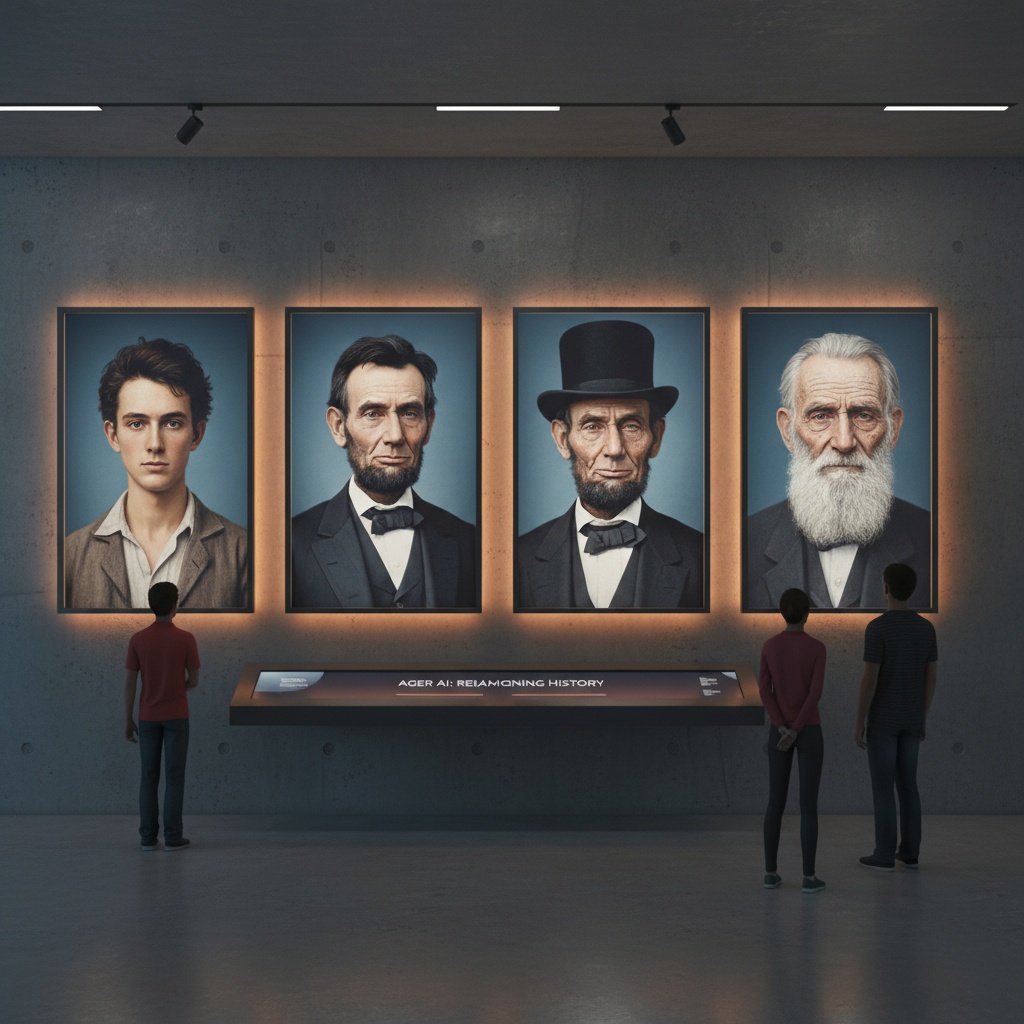Enhancing Historical Exhibits with Ager
Explore how Ager transforms historical exhibits by creating realistic age-progressed images of historical figures. See how museums leverage this technology to engage visitors.

Enhancing Historical Exhibits with Ager: A Real-World Application
Museums and historical societies continuously seek innovative methods to engage and educate their audiences. Ager, an AI age transformation tool, offers an exciting opportunity to revitalize exhibits by providing visitors with dynamic, age-progressed images of well-known historical figures. This application not only captivates audiences but also provides insight into the progression of these figures' lives, helping to humanize history.
The Problem: Static and Limited Visual Narratives
Traditional museum exhibits often rely on static images and conventional narrative descriptions. This can limit a visitor's engagement, particularly in capturing the imagination of a younger audience. Additionally, many historical figures are represented by a handful of iconic images, limiting the ability to convey their life stories effectively.
Solution: Ager's Age Transformation Technology
Ager offers a compelling solution by using AI to create realistic and professional-quality images that depict how these historical figures might look at different stages of their lives. This enriches the narrative and allows for a more immersive experience.
Concrete Example: The Life of Abraham Lincoln
Consider an exhibit focused on Abraham Lincoln. Traditionally, exhibits feature images of Lincoln primarily from his presidency. However, with Ager, museums can generate images showing Lincoln as a young man, through his presidency, and into what he might have looked like had he lived longer. This creates a holistic narrative of his life, fostering a deeper understanding and connection.
Practical Tips for Implementing Ager in Exhibits
- Select Key Figures: Identify historical figures whose life stories are central to the exhibit.
- Leverage Multistage Displays: Create timelines that include age-progressed images at key life stages.
- Engage Visitors with Interactive Kiosks: Allow visitors to view and interact with the images, providing background information and context for each stage.
- Educate with Multimedia: Combine these images with audio or video materials for a richer storytelling experience.
Engaging Your Audience
By implementing Ager, museums can offer an interactive learning experience, making history more relatable and exciting. This approach can also serve educational purposes, illustrating how life experiences and time can shape famous figures.
Suggested Prompts
To achieve age transformations of historical figures, consider using prompts like:
Create an image of Abraham Lincoln at age 20.Generate a portrait of Marie Curie as an elder reflecting on her discoveries.
Final Thoughts
By incorporating Ager into historical exhibits, museums can transform static displays into vibrant, engaging, and educational experiences. This application not only enriches the narrative of historical figures but also invites visitors to visualize and understand the passage of time in a uniquely personal way.
